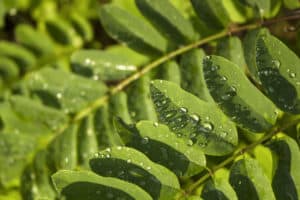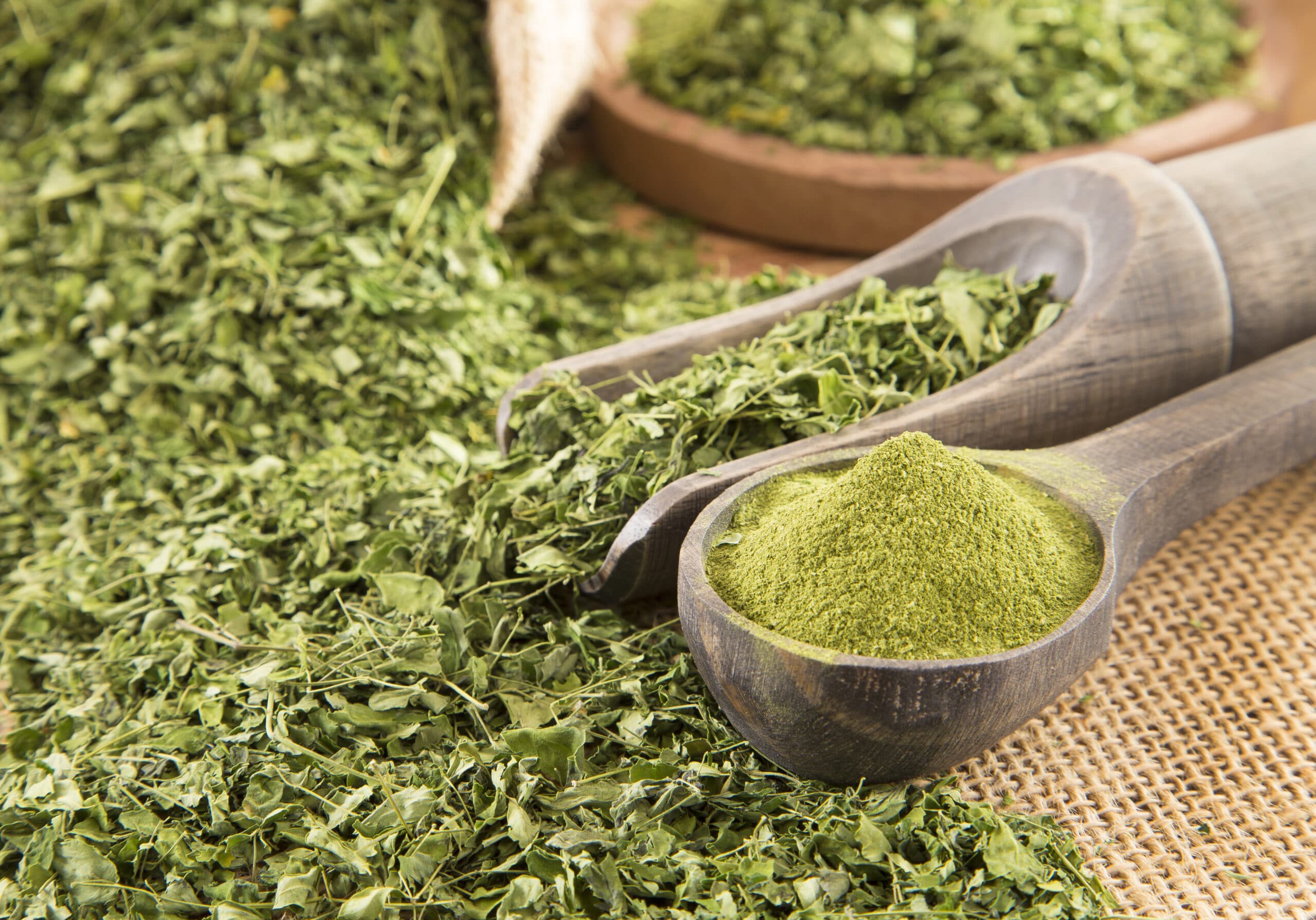
A fast-growing multi-product tree, tolerant of most growing conditions, with its products in high demand across the world. Sounds like a no-brainer for investment, doesn’t it? This is Moringa, a tree that presents a range of opportunities for Australian agribusiness.
Moringa trees, which are native to sub-continental Asia, can be harvested for their leaves and pods which are used to produce tea, seeds, oil, and leaf powder. In 2020, the Ministry of Foreign Affairs in the Netherlands predicted the European Moringa products market would reach US$1.9 billion by 2027 (after it was valued at US$903 million in 2018). That’s because it easily slots into the ever-growing ‘superfood’ category, being high in protein, iron and fibre, nutrient-dense, and it has good bio-availability of nutrients to boost immunity and improve the skin. It’s even believed that Moringa could be a key food product to assist in combatting malnutrition in developing countries, due to its rich and balanced nutrient composition.
Importantly, it’s not only Moringa growers who may reap the benefits of this emerging commodity; Moringa products could potentially be used by all types of farmers. Some studies have shown that its use as a stock feed can have positive impacts on growth performance, antioxidant capacity and the nutritional value of meat. Meanwhile, both horticulture and broadacre crops could potentially benefit from the use of Moringa as a bio-stimulant to sustainably increase production yields.
So, with so many potential benefits, why aren’t we seeing more Moringa trees being planted in Australia?
Henry Brockman, principal research scientist at WA’s Department of Primary Industries & Regional Development, has been studying Moringa for decades and says a key barrier for growth of the industry is Moringa’s status as a ‘novel food’ in Australia, meaning it cannot be marketed as a food, only as a supplement.
“It’s a chicken-and-egg situation,” he explains. “The industry won’t properly invest in Moringa until it is reclassified as a food, but a level of investment is required to achieve the reclassification.”
While Asia accounts for nearly 83% of all cultivation (India alone accounts for nearly 80%, most of which comes from small-scale farms and co-ops), Dr Brockman says that consumers in the EU and US have noted challenges with the consistency and quality of these Moringa products. “The opportunity for Australian growers of Moringa, is that the product will be associated with Australia’s ‘clean, green’ reputation and transparent supply chain.”









